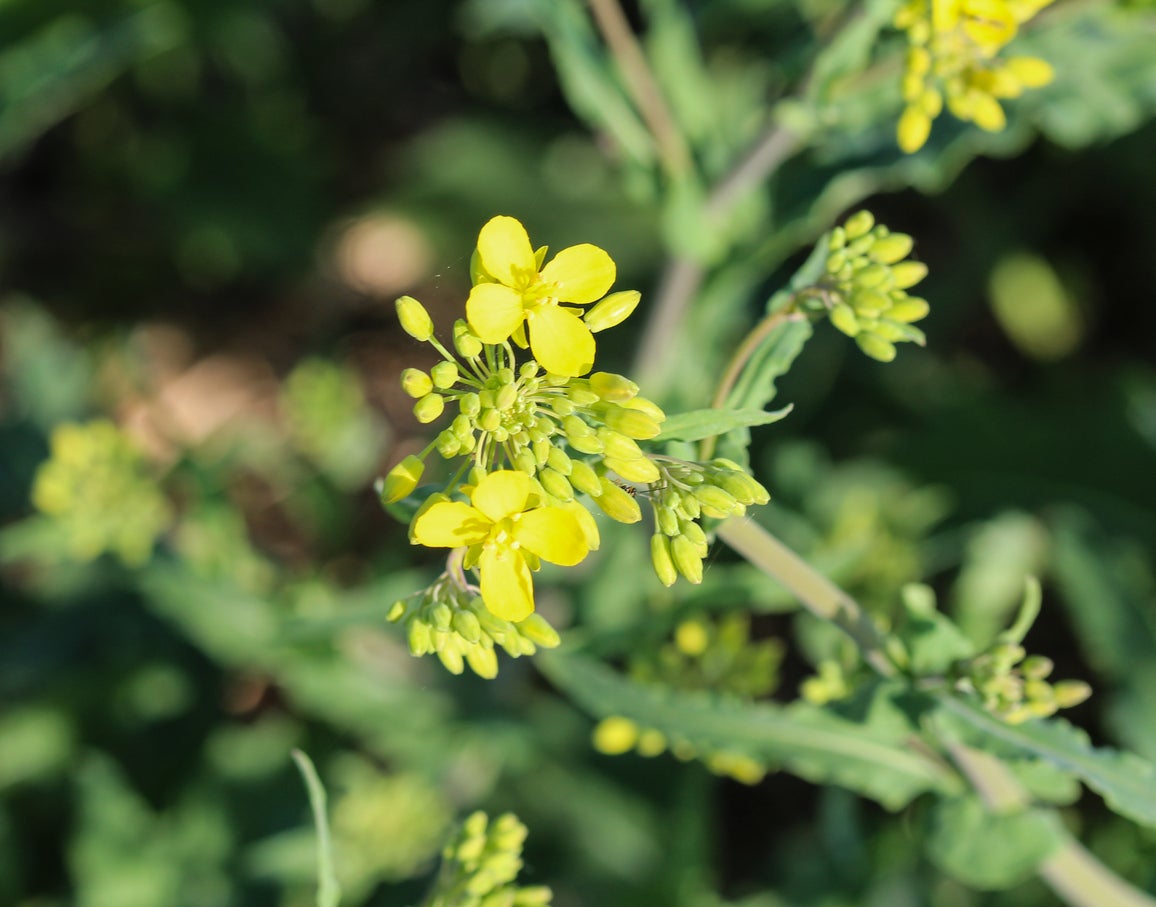Medicinal Wintercress Uses: Information On Using Herbal Wintercress


There was a time in our history when natural herbs were all the protection we had against disease. Herbal wintercress is one of these storied plants and has centuries of reliable medicinal uses. The wild green is also an excellent source of vitamins and minerals. Medicinal wintercress is so hardy it can often be harvested year-round. Learn about some wintercress remedies and its many other uses.
What is Herbal Wintercress?
Wintercress is a perennial herb native to North America. It was used extensively by indigenous groups, both as a food and as a medication. It is a low growing, 1 to 2 inch (2.5-5 cm.) tall plant that can be found in meadows and roadsides, particularly where soil is moist.
The leaves are divided with oval larger upper leaves flanked by smaller bract-like leaflets in green or bronze, depending upon the time of year. Racemes of small, golden flowers appear in spring through summer.
The plant is also called St. Barbara's plant because the seeds were sown around her feast day and existing plants have edible leaves at this time in winter.
Wintercress Medicinal Uses
Medicinal wintercress has a host of applied uses as a cure and as a preventative. Native populations used the plant to purify blood and help with coughs. The leaves were also used to treat wounds and as a digestive, diuretic, and scurvy preventative. The Greeks and Romans even used wintercress as an aphrodisiac.
In Western medicine, the plant may be used to enhance appetite, treat rheumatism, as an astringent, and to help with chronic diarrhea. Excessive use can cause kidney problems, so it is best to work with a doctor or naturopath to gauge correct dosages and duration of use.
How to Use Wintercress
The dried leaves and flowers are the common forms of wintercress remedies available today. These may be used in pill or tea form, but some traditional preparations recommend using the seed, either crushed or as an infusion. Older leaves can be bitter, so it's best to harvest young foliage.
Sign up for the Gardening Know How newsletter today and receive a free copy of our e-book "How to Grow Delicious Tomatoes".
The buds can be steamed or sautéed and have a taste similar to broccoli. Young flowering stems are also good lightly cooked. Young leaves chopped into a salad raw add a zesty, slightly spicy flavor. Even sprouted seeds are useful in salads and other recipes.
Before using the herb as a medication, check with a doctor and use leaves and buds in moderation to prevent possible kidney problems. Such issues are rare but it is best not to take chances.
Disclaimer: The content of this article is for educational and gardening purposes only. Before using or ingesting ANY herb or plant for medicinal purposes or otherwise, please consult a physician, medical herbalist, or other suitable professional for advice.

Bonnie Grant is a professional landscaper with a Certification in Urban Gardening. She has been gardening and writing for 15 years. A former professional chef, she has a passion for edible landscaping.